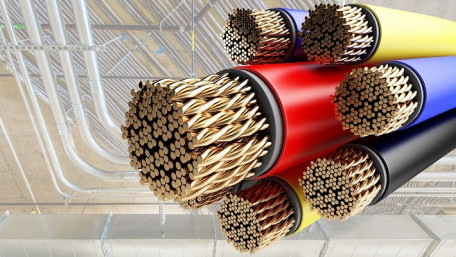
Current flow in wires is often modeled with a perfectly circular cross-section, with the size of the wire being responsible for the maximum current. This is…
Current flow in wires is often modeled with a perfectly circular cross-section, with the size of the wire being responsible for the maximum current. This is true, but there’s more to the story.
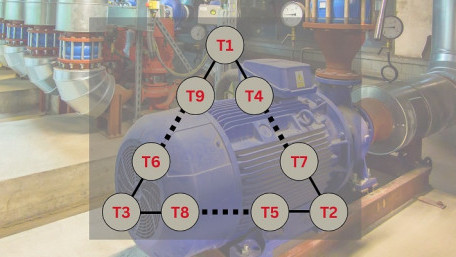
There are two types of winding designs inside three-phase industrial motors: Wye and Delta. Although the motors and…
There are two types of winding designs inside three-phase industrial motors: Wye and Delta. Although the motors and connections look similar on the outside, this article discusses the internal construction for Delta wound motors.
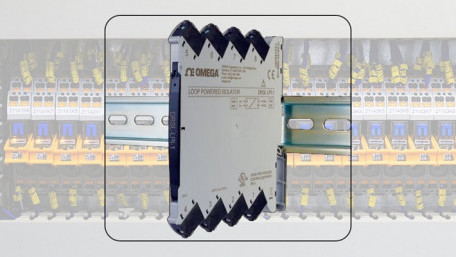
Many signal sources and process transmitters do not include isolation, which can cause problems when the instruments are…
Many signal sources and process transmitters do not include isolation, which can cause problems when the instruments are at different locations. A loop powered isolator is often the solution.
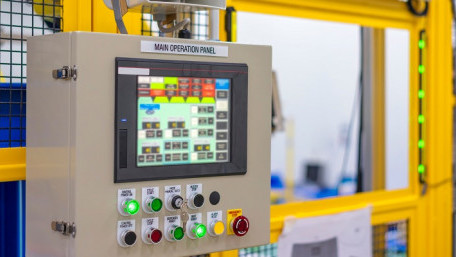
An overview of HMI data types, input controls, output indicators, and message functions, the building blocks used to…
An overview of HMI data types, input controls, output indicators, and message functions, the building blocks used to construct informative and appealing HMI applications.
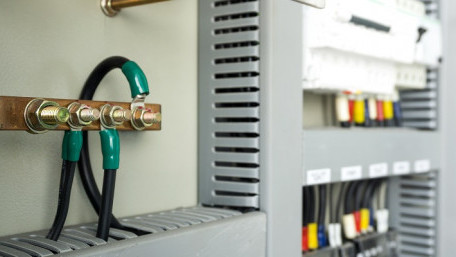
Additional rules for the grounding and bonding of industrial control panels include the sizing of ground conductors and…
Additional rules for the grounding and bonding of industrial control panels include the sizing of ground conductors and the conditions that dictate when power supplies and transformers must be grounded.
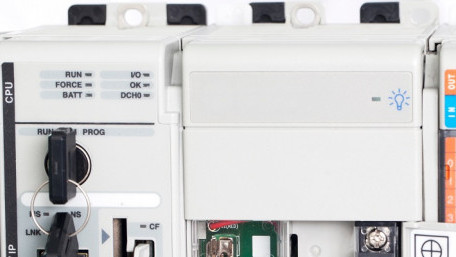
A PLC can be placed in Run or Stop, or occasionally Program mode, usually through physical or virtual methods. But what…
A PLC can be placed in Run or Stop, or occasionally Program mode, usually through physical or virtual methods. But what do these modes mean, and when should they be used?

When beginning a new career, an obvious question is how to take positive steps, from your first day inside the plant all…
When beginning a new career, an obvious question is how to take positive steps, from your first day inside the plant all the way to becoming an experienced senior operator.

Function block diagrams can be a useful tool, but they can also add a lot of complexity. Learn about the what, when,…
Function block diagrams can be a useful tool, but they can also add a lot of complexity. Learn about the what, when, where, and why of function block diagram (FBD) programming.
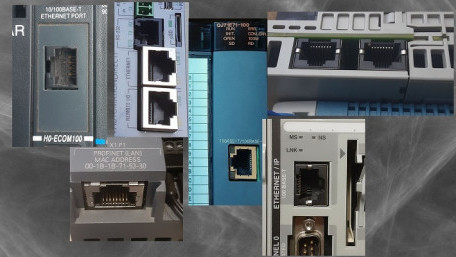
Some controllers and network devices have one port, while others have two. Why is there a difference, and what advantages…
Some controllers and network devices have one port, while others have two. Why is there a difference, and what advantages does having two network ports actually provide?
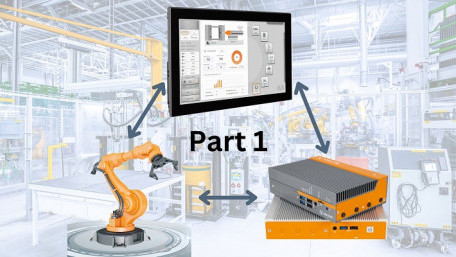
A walkthrough and discussion of a simple web-based HMI solution that could modernize your current HMI technology stack.…
A walkthrough and discussion of a simple web-based HMI solution that could modernize your current HMI technology stack. The first step in the process involves sending data from a device to a server.

Understanding the building blocks of s-domain analysis and magnitude response theory can go a long way in helping…
Understanding the building blocks of s-domain analysis and magnitude response theory can go a long way in helping engineers predict how and why some system design choices are made over others.
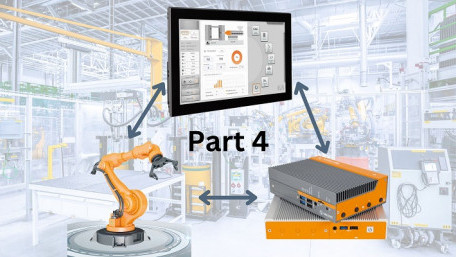
Refining and integrating a front-end HMI application to an API middle layer with real-time data display and historian…
Refining and integrating a front-end HMI application to an API middle layer with real-time data display and historian capabilities for short-term data visualization.
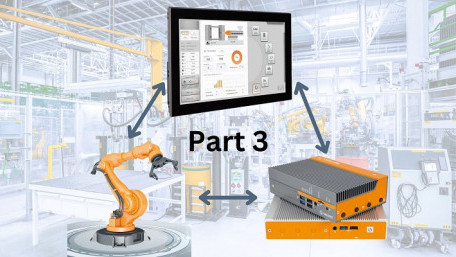
Learn the first steps in focusing on the integration of a front-end HMI application to an API middle layer.
Learn the first steps in focusing on the integration of a front-end HMI application to an API middle layer.
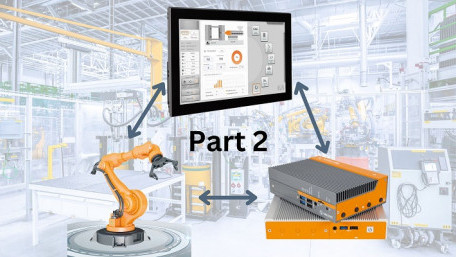
The middle layer, or API layer of a custom-built HMI project involves a server that can submit or receive data to and…
The middle layer, or API layer of a custom-built HMI project involves a server that can submit or receive data to and from a device, either to provide the user interface or interact with the machine.
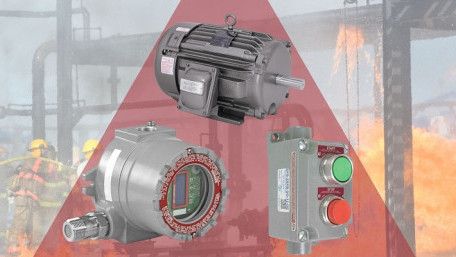
Some workplaces are more dangerous than others, not because of the practices, but rather the products. Where do…
Some workplaces are more dangerous than others, not because of the practices, but rather the products. Where do explosions occur, and what practices exist to reduce such risk for equipment and workforce?
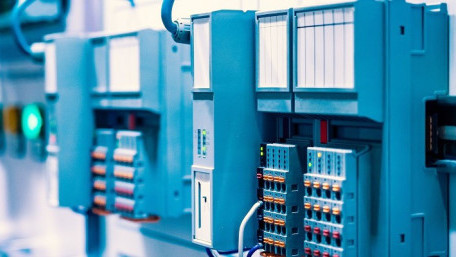
User-defined data types (UDTs) are a powerful and useful tool when applied to their full advantage. However, misused,…
User-defined data types (UDTs) are a powerful and useful tool when applied to their full advantage. However, misused, they can become problematic and introduce roadblocks to troubleshooting and upgrading PLC programs.
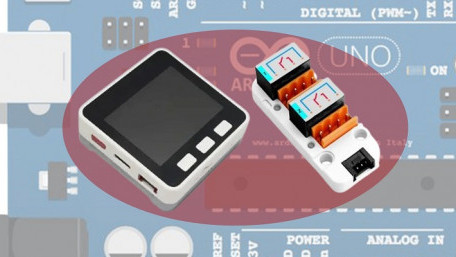
Triggering a machine by an external event often requires a pulse timer for OpenPLC Pulse Timer control. Here’s a brief…
Triggering a machine by an external event often requires a pulse timer for OpenPLC Pulse Timer control. Here’s a brief tutorial on how an M5Stack Core can offer a simple, effective low-cost Arduino OpenPLC HMI solution.
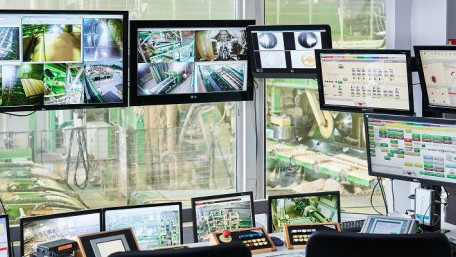
What are these terms, PLC, PAC, RTU, DCS, SCADA? Why are they so important to industrial robotics and automation? Explore…
What are these terms, PLC, PAC, RTU, DCS, SCADA? Why are they so important to industrial robotics and automation? Explore how each different piece functions to build a comprehensive automated system.
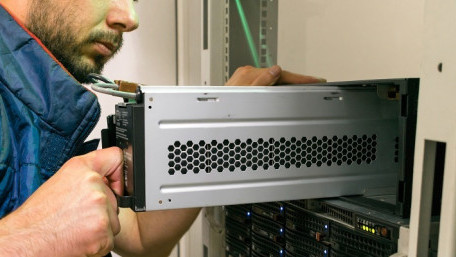
Transformerless UPS designs are taking place in various industries, particularly in aseptic manufacturing,…
Transformerless UPS designs are taking place in various industries, particularly in aseptic manufacturing, pharmaceuticals, and healthcare, where the reliability of power supply is critical.
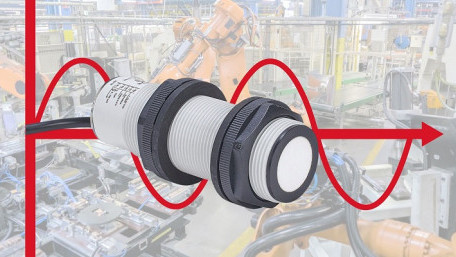
Many articles address the wiring and implementation of analog control signals, but where are they used, and what might…
Many articles address the wiring and implementation of analog control signals, but where are they used, and what might make them a better (or perhaps worse) decision than digital input/output devices?
